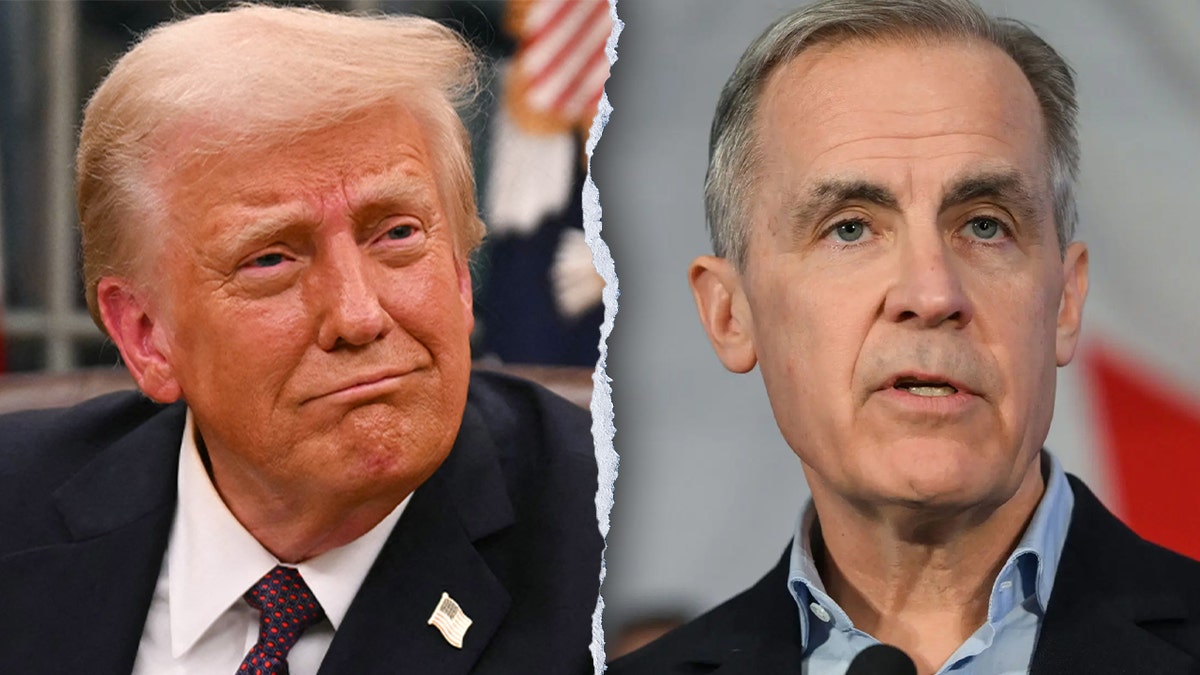Backlash Against Lizzo: Comparing Britney Spears And Janet Jackson

Table of Contents
The Power of Public Image and Media Narratives
Lizzo's Image: Body Positivity vs. Public Perception
Lizzo's public persona, built on a foundation of body positivity and self-love, has been a beacon for many. However, recent controversies have challenged this carefully cultivated image, highlighting the fickle nature of public opinion and the power of media narratives.
- Positive portrayals: Lizzo's empowering messages and celebration of diverse body types initially garnered widespread praise and cemented her status as a body-positive icon.
- Negative portrayals: Recent criticisms, amplified by social media, have questioned aspects of her persona and actions, leading to a significant shift in public perception.
- Social media's role: The rapid spread of information and opinion on platforms like Twitter and Instagram has played a significant role in shaping the narrative surrounding the Lizzo backlash, showcasing both the power and potential pitfalls of social media in shaping public discourse.
- Shifting perceptions: The situation underscores the inherent instability of public perception and the importance of nuanced understanding in assessing public figures.
Britney Spears and the Tabloid Frenzy
Britney Spears' career was relentlessly shadowed by invasive media scrutiny and personal attacks. This relentless pressure took a significant psychological toll, highlighting the damaging consequences of unchecked media intrusion.
- Paparazzi harassment: The constant pursuit by paparazzi severely impacted Spears' privacy and mental health, fueling a cycle of negative press and public speculation.
- Conservatorship: The highly publicized conservatorship only exacerbated the existing media frenzy, further damaging Spears' autonomy and well-being.
- Impact on mental health: The intense media pressure contributed significantly to Spears' well-documented mental health struggles, demonstrating the devastating effects of relentless public scrutiny.
- Evolving public sympathy: Over time, public opinion shifted towards greater sympathy for Spears, recognizing the extent of the media's role in her struggles.
Janet Jackson's Super Bowl Controversy and its Aftermath
Janet Jackson's wardrobe malfunction during the 2004 Super Bowl halftime show resulted in disproportionate backlash compared to Justin Timberlake's role in the incident, showcasing the double standards inherent in the media's treatment of female celebrities.
- Media response: The incident was heavily scrutinized, with Jackson facing significantly greater criticism than Timberlake, reflecting deep-seated biases in the media's approach to gender and race.
- Double standards: The contrast in the media's treatment of Jackson and Timberlake highlighted the inherent double standards and the unfair burden placed on female artists.
- Lasting effects: The controversy had a lasting negative impact on Jackson's career and public image, underscoring the long-term consequences of media narratives.
- Racial bias: Many commentators pointed to the role of racial bias in the media's disproportionate focus on Jackson's role in the incident.
The Dynamics of Body Shaming and Criticism
The Changing Landscape of Body Positivity
The body positivity movement, while promoting self-acceptance, faces complexities and internal criticisms. Accusations of hypocrisy or inconsistency often arise, highlighting the ongoing challenges in navigating the complexities of body image and self-esteem.
- Criticism against Lizzo: Some criticisms leveled against Lizzo questioned the authenticity or consistency of her body positivity message, emphasizing the difficulties of navigating this complex area in the public eye.
- Complexities of body acceptance: Promoting body acceptance while facing personal criticism reveals the inherent difficulties in achieving genuine self-acceptance in a culture obsessed with specific body ideals.
- Limitations of social media: While social media can be a powerful tool for body positivity, it also presents challenges, including the spread of misinformation and the potential for harmful comparisons.
Britney Spears' Body Image Struggles and Media Exploitation
The media relentlessly exploited Britney Spears' body image struggles, further contributing to her mental health challenges. This highlights the damaging impact of media commentary on a vulnerable individual.
- Media commentary on her weight and appearance: Spears frequently faced intense scrutiny and negative commentary about her weight and physical appearance, exacerbating her existing insecurities.
- Impact on self-esteem: The constant negative attention significantly affected Spears' self-esteem and mental well-being, highlighting the damaging consequences of media pressure.
- Societal beauty standards: The intense media focus on Spears' appearance reflects broader societal beauty standards and the pressure placed on women to conform to unrealistic ideals.
Janet Jackson's Journey Through Scrutiny
Janet Jackson's career was marked by scrutiny about her body image, often contrasting sharply with the treatment of her male counterparts. This demonstrates the double standards women face within the entertainment industry.
- Media commentary on her body: Jackson's body has been a subject of relentless media commentary throughout her career, revealing the sustained pressure on women to adhere to specific body ideals.
- Comparison to other female artists: The media often compares female artists to each other, fostering competition and negativity, in contrast to the often more forgiving treatment of male artists.
- Race and gender in media portrayals: The media's portrayal of Jackson's body often intersects with issues of race and gender, underscoring the complex interplay of these factors.
The Role of "Cancel Culture" and Public Accountability
The Nuances of Cancel Culture in the Age of Social Media
"Cancel culture," with its rapid-fire judgments and online shaming, presents complexities in the digital age. While it can hold individuals accountable, it can also be used unfairly and disproportionately.
- Successful and unsuccessful campaigns: Some cancel culture campaigns have led to meaningful change and accountability, while others have been unfair, disproportionate, and ultimately counterproductive.
- Social media amplification: Social media's role in amplifying voices and spreading information has significantly enhanced the reach and impact of cancel culture campaigns.
- Nuance and context: The importance of nuance and context in evaluating public figures' actions cannot be overstated, as hasty judgments can be damaging and unfair.
Accountability and the Importance of Empathy
Accountability for harmful actions is crucial, but it must be balanced with empathy and understanding of the complexities of human behavior. Restorative justice approaches may be more effective than simplistic "cancel culture" reactions.
- Learning from mistakes: Many public figures have used their experiences to learn from mistakes and promote positive change, demonstrating the potential for growth and redemption.
- Restorative justice: Approaches that emphasize reconciliation and restorative justice can be more constructive than punitive measures in achieving genuine accountability.
- Understanding context: Understanding the context and circumstances surrounding past actions is essential to judging individuals fairly and promoting meaningful change.
Conclusion
The backlashes against Lizzo, Britney Spears, and Janet Jackson highlight recurring patterns: intense media narratives, body shaming, and the complexities of “cancel culture.” These cases reveal the power of media to shape public opinion, the unfair burdens placed on female celebrities, and the importance of critical media consumption. Understanding the Lizzo backlash, and the experiences of Spears and Jackson, requires acknowledging the role of media manipulation, the double standards faced by women in the public eye, and the need for responsible journalism. Analyzing the media’s response to Lizzo, and others, compels us to advocate for responsible journalism, empathy, and a more nuanced public discourse. Let's work towards fostering a healthier relationship between celebrities and the media, promoting genuine accountability while prioritizing empathy and understanding. Let's actively engage in critically assessing media portrayals and promoting a more responsible and empathetic online environment.

Featured Posts
-
 Ice Evasion Migrant Remains Hidden In Tree For Eight Hours
May 04, 2025
Ice Evasion Migrant Remains Hidden In Tree For Eight Hours
May 04, 2025 -
 Ufc Schedule May 2025 Events Dates And Ufc 315 Details
May 04, 2025
Ufc Schedule May 2025 Events Dates And Ufc 315 Details
May 04, 2025 -
 Kentucky Derby Festival Georgetown Woman Takes The Crown
May 04, 2025
Kentucky Derby Festival Georgetown Woman Takes The Crown
May 04, 2025 -
 Germany To Basel Flight Abor And Tynnas Itinerary
May 04, 2025
Germany To Basel Flight Abor And Tynnas Itinerary
May 04, 2025 -
 Carney And Trump To Meet Early Next Week At The White House
May 04, 2025
Carney And Trump To Meet Early Next Week At The White House
May 04, 2025
